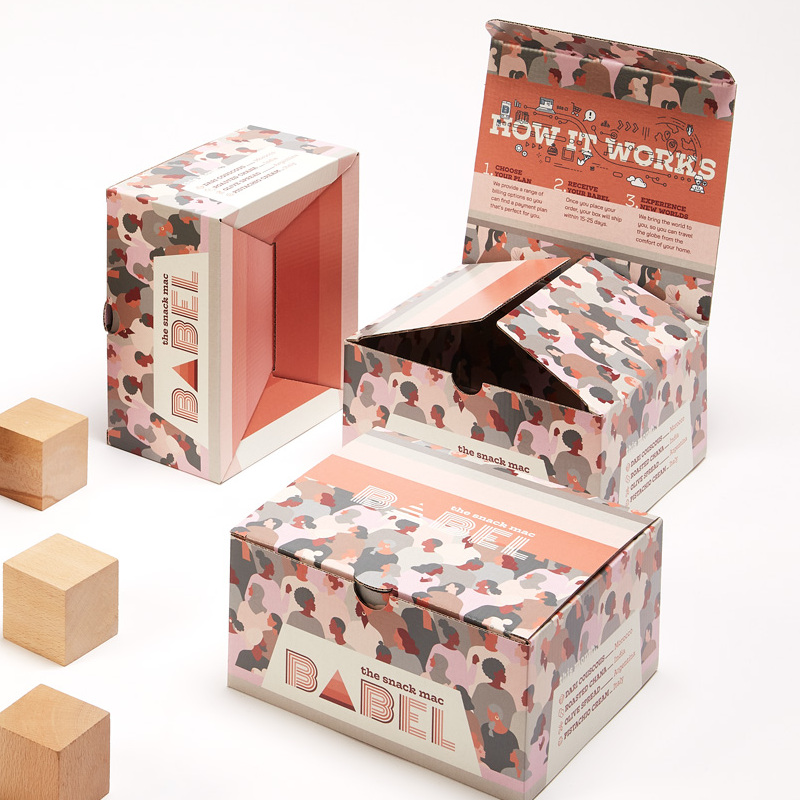The Importance of Food Packaging Containers
In our fast-paced world, food packaging plays an indispensable role in the distribution, preservation, and consumption of food products. Food packaging containers are not just mere vessels for holding edible items; they are a critical component of the food supply chain. This article delves into the various aspects of food packaging containers, including their types, purposes, and the sustainability challenges they present.
Types of Food Packaging Containers
Food packaging containers come in various shapes, sizes, and materials, each designed to serve specific needs. The most common types include
1. Plastic Containers Made from materials such as polyethylene and polypropylene, plastic containers are lightweight, durable, and versatile. They are widely used for everything from yogurt to takeout meals. However, concerns about plastic waste and environmental impact have spurred the search for alternative packaging solutions.
2. Glass Containers Glass is a non-reactive material, making it an excellent choice for packaging food items that may be sensitive to contamination or flavor changes. It is commonly used for sauces, jams, and beverages. While glass containers are recyclable and can be reused, their weight and fragility pose challenges in transportation and handling.
3. Metal Containers Typically made of aluminum or tin, metal containers are used for canned goods, offering an airtight seal that preserves food for extended periods. Metal packaging is recyclable and has a long shelf-life, but the production process may consume significant resources and energy.
4. Cardboard and Paper Containers Often used for dry food items like cereals and snacks, cardboard containers are easy to manufacture and recycle. They often feature prints and designs that can attract consumers. Nevertheless, their susceptibility to moisture limits their use for perishable items.
Purposes of Food Packaging Containers
Food packaging containers serve several key functions
food packaging containers

1. Protection They safeguard food products from physical damage and contamination. Proper packaging minimizes exposure to air, moisture, and microbial contamination, thereby prolonging shelf life.
2. Preservation Many packaging containers are designed to maintain the freshness and quality of the food inside. Vacuum-sealed and modified atmosphere packaging technologies help reduce spoilage and prevent degradation of taste and texture.
3. Convenience Well-designed containers enhance consumer convenience through features like resealability, portability, and ease of use. Single-serve packages cater to busy lifestyles, providing quick meal options with minimal cleanup.
4. Information and Branding Packaging serves as a communication tool, providing essential information about the product, such as nutritional facts, ingredients, and usage instructions. Additionally, attractive designs and branding help distinguish products on store shelves, influencing consumer choices.
Sustainability Challenges
Despite their many benefits, food packaging containers face significant sustainability challenges. The global increase in plastic waste has raised alarms about pollution and its effects on wildlife and ecosystems. Many countries are grappling with how to manage plastic waste, leading to bans on single-use plastics and the promotion of recyclable alternatives.
The food industry is increasingly aware of its responsibility to adopt sustainable practices. Companies are exploring biodegradable materials, compostable packaging, and ways to reduce unnecessary packaging. Innovations in packaging design are also focusing on minimalism, using less material without compromising the quality and safety of the food.
Conclusion
Food packaging containers are crucial for the protection, preservation, and convenience of food products, greatly impacting our daily lives. As society becomes more conscious of environmental issues, the demand for sustainable packaging solutions is growing, compelling industries to innovate and adapt. By addressing the challenges associated with food packaging, we can take steps toward a more sustainable future, ensuring that our food system remains resilient and responsible. Food packaging containers, when designed thoughtfully, have the potential not only to enhance consumer experiences but also to contribute positively to our planet.



